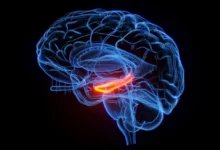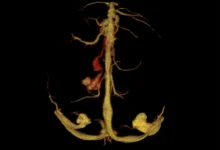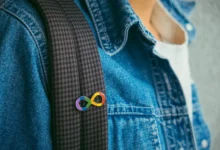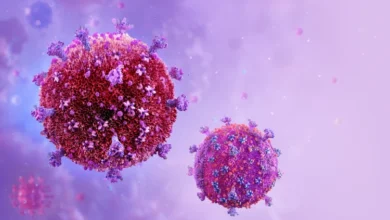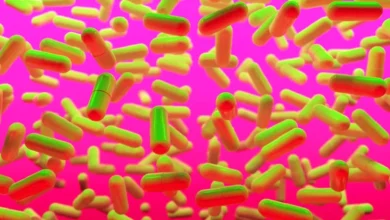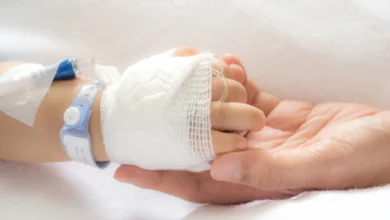AI-Powered Tongue Analysis Achieves 98% Accuracy in Diagnosing Diseases
Innovative Imaging System Combines Ancient Practice with Modern Technology for Real-Time Health Screening
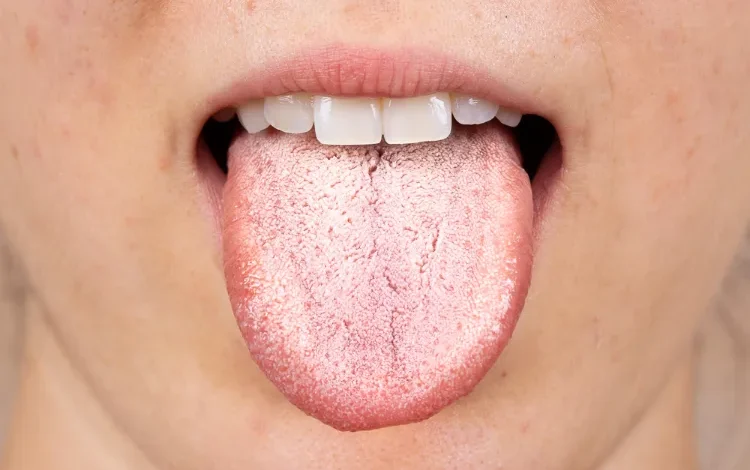
A new computer algorithm has demonstrated a remarkable 98% accuracy in predicting various diseases by analyzing the color of the human tongue.
Developed by researchers from Iraq and Australia, the innovative imaging system is capable of diagnosing a range of health conditions including diabetes, stroke, anemia, asthma, liver and gallbladder issues, COVID-19, and several vascular and gastrointestinal disorders.
The engineering teams from Middle Technical University (MTU) and the University of South Australia (UniSA) made this breakthrough after conducting experiments that involved training machine learning algorithms with 5260 tongue images to detect specific colors associated with different diseases.
To validate their findings, two teaching hospitals in the Middle East contributed 60 tongue images from patients suffering from various health conditions. The artificial intelligence (AI) model successfully matched the tongue color with the corresponding disease in almost all cases.
The details of this new system, which uses tongue color analysis for real-time diagnosis, are published in the journal Technologies. The study highlights AI’s potential to revolutionize medical diagnostics.
Dr. Ali Al-Naji, a Senior Author from MTU and UniSA and an Adjunct Associate Professor, explains that AI is effectively modernizing a diagnostic technique that has been used for over 2000 years in traditional Chinese medicine—examining the tongue to detect signs of illness.
“The color, shape, and texture of the tongue can indicate a wide range of health issues,” Dr. Al-Naji notes. “For instance, a yellow tongue is often seen in people with diabetes; a purple tongue with a thick, greasy coating may be associated with cancer patients; and those who have suffered an acute stroke may present with an unusually shaped red tongue.”
He continues, “A white tongue can be a sign of anemia, while a deep red tongue is likely in severe cases of COVID-19. An indigo or violet tongue may point to vascular and gastrointestinal issues or asthma.”
During the research, cameras positioned 20 centimeters from a patient captured their tongue color, enabling the imaging system to predict their health condition in real-time.
Professor Javaan Chahl, a co-author from UniSA, anticipates that in the future, this technology could be integrated into smartphones for convenient disease diagnosis.
“These findings confirm that computerized tongue analysis is a secure, efficient, and user-friendly method for disease screening, merging modern techniques with an ancient practice,” Professor Chahl states.

